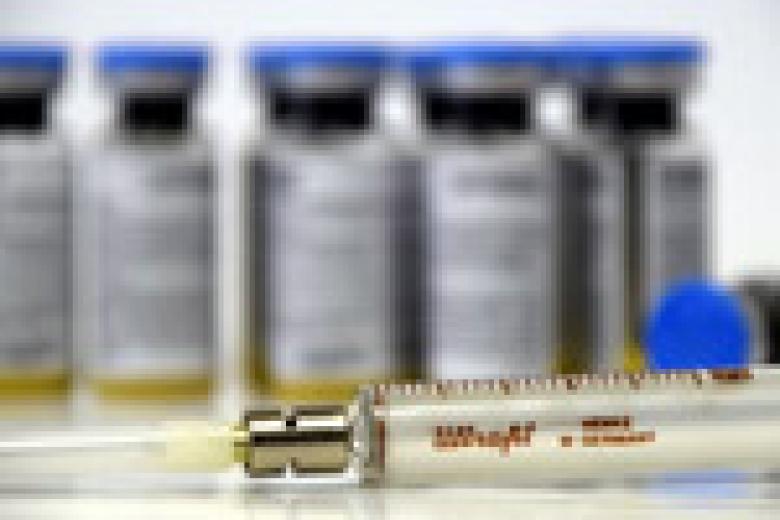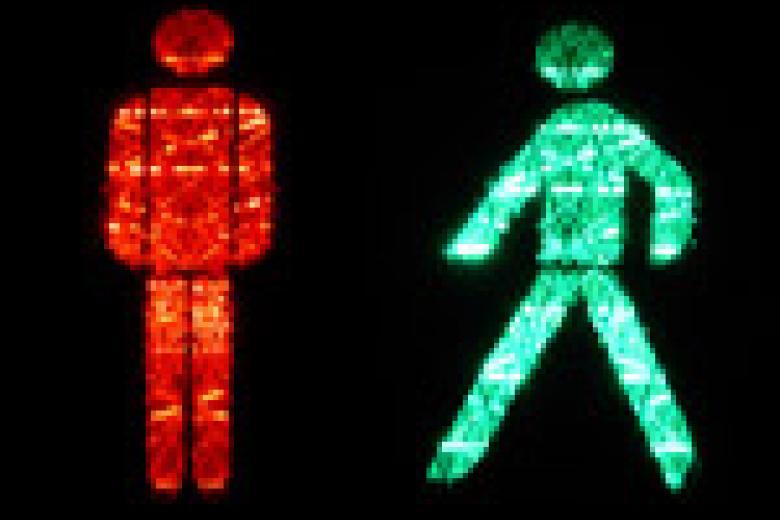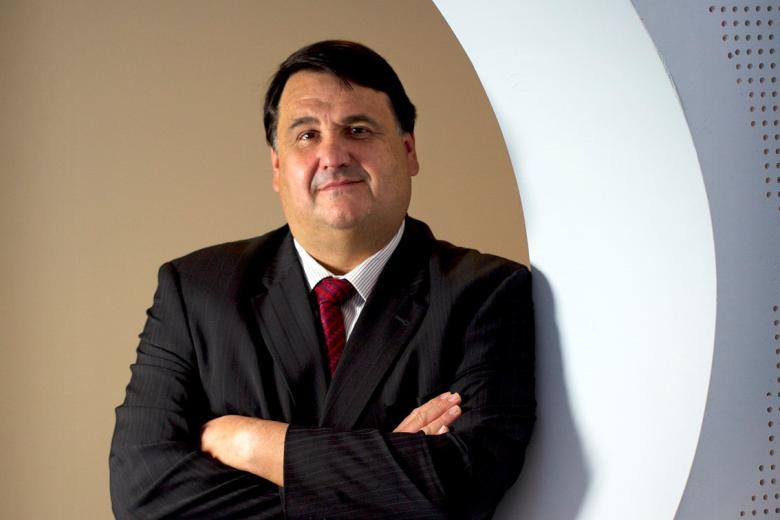The search for a magic bullet for COVID-19
With the appearance of COVID-19, a disease caused by a novel coronavirus, we need to search for magic bullets, because there is currently no known treatment for the cause of the disease and the therapies being used are focused on treating the symptoms.
We sometimes forget that causal treatment for infectious diseases is just a bit more than 100 years old. One of the scientific pioneers, German scientist Paul Ehrlich, who is today considered one of the fathers of immunology, came up with the concept of the ‘magic bullet’ around the turn of the 20th century. He hypothesised that medical research needed to identify specific chemical substances that would kill infectious microorganisms (microbes) without hurting the human body. And a few years later, he developed the first magic bullet, called Salvarsan, a chemical that could be used to treat the venereal disease syphilis. In 1908, he received the Nobel Prize for this and many other breakthrough findings (for those who are interested in learning more about Ehrlich’s discoveries, I highly recommend the first season of the Netflix series ‘Charité’).
Safety and efficacy
With the appearance of COVID-19, a disease caused by a novel coronavirus, we again need to search for magic bullets, because there is currently no known treatment for the cause of the disease and the therapies being used are focused on treating the symptoms. Virtually everywhere in the world, medical research is now focussing on two main approaches:
1) develop a vaccine against the novel coronavirus and
2) find a pharmacological therapy that effectively treats the severe symptoms of the disease
The good news is that medical research and the tools that scientists can use today are lightyears ahead of the rudimentary laboratory methods available in Ehrlich’s time, where top-level research on infectious diseases was restricted to a few laboratories worldwide. But this does not mean that we will have a COVID-19 cure tomorrow. Potential vaccine candidates need to be tested for their safety and efficacy using carefully orchestrated clinical study protocols. And the current consensus is that, in the optimal case, such a vaccine would not be available before mid-2021. Even then, it is unclear if the production facilities would be sufficient to provide enough vaccine batches for everyone.
Drug repurposing
As with vaccine development, the characterisation and study of new drugs can take years. A concept that could speed up this process is drug repurposing, or the strategy of testing drugs that are already in the pipeline or are actually approved for the treatment of other diseases. In this case, we also know more about the safety profile of the drugs. Repurposing could be effective because the medicines we use are often not as specific as we thought, meaning that they can act on different disease entities.
Drug candidates
Using big data analysis, structural biology and systems medicine, it is possible to identify likely candidates for drug repurposing more rapidly than before. A recently published study has named around 70 drug candidates that could possibly be effective against COVID-19. These include experimental substances that are currently being tested as well as drugs that have long been on the market to treat other diseases. Clinical studies are currently underway to test these candidates. It is clear that this is still a trial-and-error approach, but it narrows down the search to drugs that affect a group of molecules relevant to COVID-19, That gives us a somewhat higher chance of finding a successful ‘hit’ against the disease or its symptoms.
Nevertheless, there will also be disappointments. For instance, a controlled trial of one of the candidates, a substance that has been used to target human immunodeficiency virus HIV-1, which causes AIDS, has just found the substance to be ineffective against COVID-19. Other substances such as chloroquine, which has long been available for malaria prophylaxis and the treatment of certain rheumatic diseases, are currently being investigated.
Follow public health measures
It is very important to await the outcome of these studies. Why? First of all, the drugs can also have significant side effects (some people have recently died because they ingested a chloroquine analogue which is also present in fish tank cleaner). And second, the current supply of these drugs is dearly needed to treat the patients who have the conditions for which they are already approved. ‘Drug hoarding’ of unproven therapy candidates could harm or even kill these patients. Having said that, I am still optimistic that in the near future we will find a new magic bullet, an effective approach to treat COVID-19. While we are getting there, the best thing we can do is follow the public health measures that are currently in place because, as restrictive they may be on our daily lives, they save lives.
-
Looking for a safe place to travel during the pandemic
After an exhausting few months in the ‘COVID-19 era’—as we can call it now—after months of hard work and the stress of dealing with a pandemic, everybody is looking to take a break during the summer. But unlike in recent years when we could plan our summer vacation months in advance, this year it...

-
The search for a vaccine: scientific and ethical considerations
It feels sometimes as if the whole world of science is working exclusively on finding a cure for COVID-19. If you are looking at the search for an effective vaccine, it was recently published in The New York Times that more than 130 vaccine candidates are currently in the pipeline, which is still...

-
Coming back to the workplace in pandemic times
In the current phase of the COVID-19 pandemic, countries across Europe are fortunately seeing a decrease in detected infections, hospital admissions and deaths. This is the effect of lockdown policies with different elements but with the common denominator of social distancing, travel restrictions...

